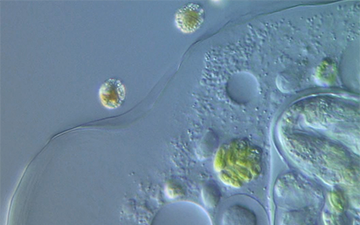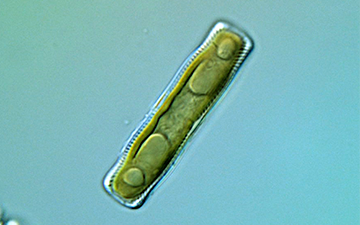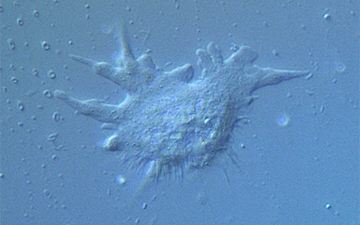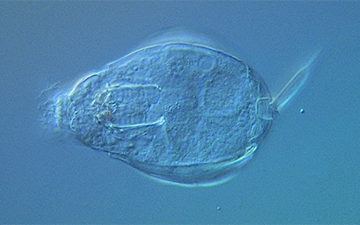Cards
(QUICK LINKS: Decks | plants | mammals | birds | | reptiles | fish | cephalopoda | insects | microbe | events
( scientist | project | modifier | technique |)

Thecamoeba
Amoeba genus


7 POINTS
Play: Thecamoeba has a MOVE of 2, and is considered an HETEROTROPH.
Fact: Amoebas are often defined as unicellular organisms with no defined shape.

Pinnularia
Diatom group


2 POINTS
Play: Pinnularia is considered an AUXOTROPH.
Fact: Pinnularia are common form of phytoplankton and have cell walls made of slilica (called a frustule).

Rhizamoeba
Amoeba genus


4 POINTS
Play: Rhizamoeba has a MOVE of 2, and is considered an HETEROTROPH.
Fact: Amoebas are often defined as unicellular organisms with no defined shape.

Tetrahymena
Tetrahymena genus


4 POINTS
Play: Tetrahymena has a MOVE of 1, and is considered an HETEROTROPH.
Fact: Tetrahymena is a widely used model organism in biological research.

Rotifer
Rotifer Phyla


7 POINTS
Play: Rotifer has a MOVE of 1, and is considered an EUKARYOTROPH
Fact: The body of a Rotifer is divided into a head, trunk and foot, as well as being often cylindrical.

Rimaleptus
Dileptus genus


7 POINTS
Play: Dileptus has a MOVE of 1, and is considered an EUKARYOTROPH.
Fact: Dileptus has a prehensile probiscus that is loaded with toxins used to stun prey.